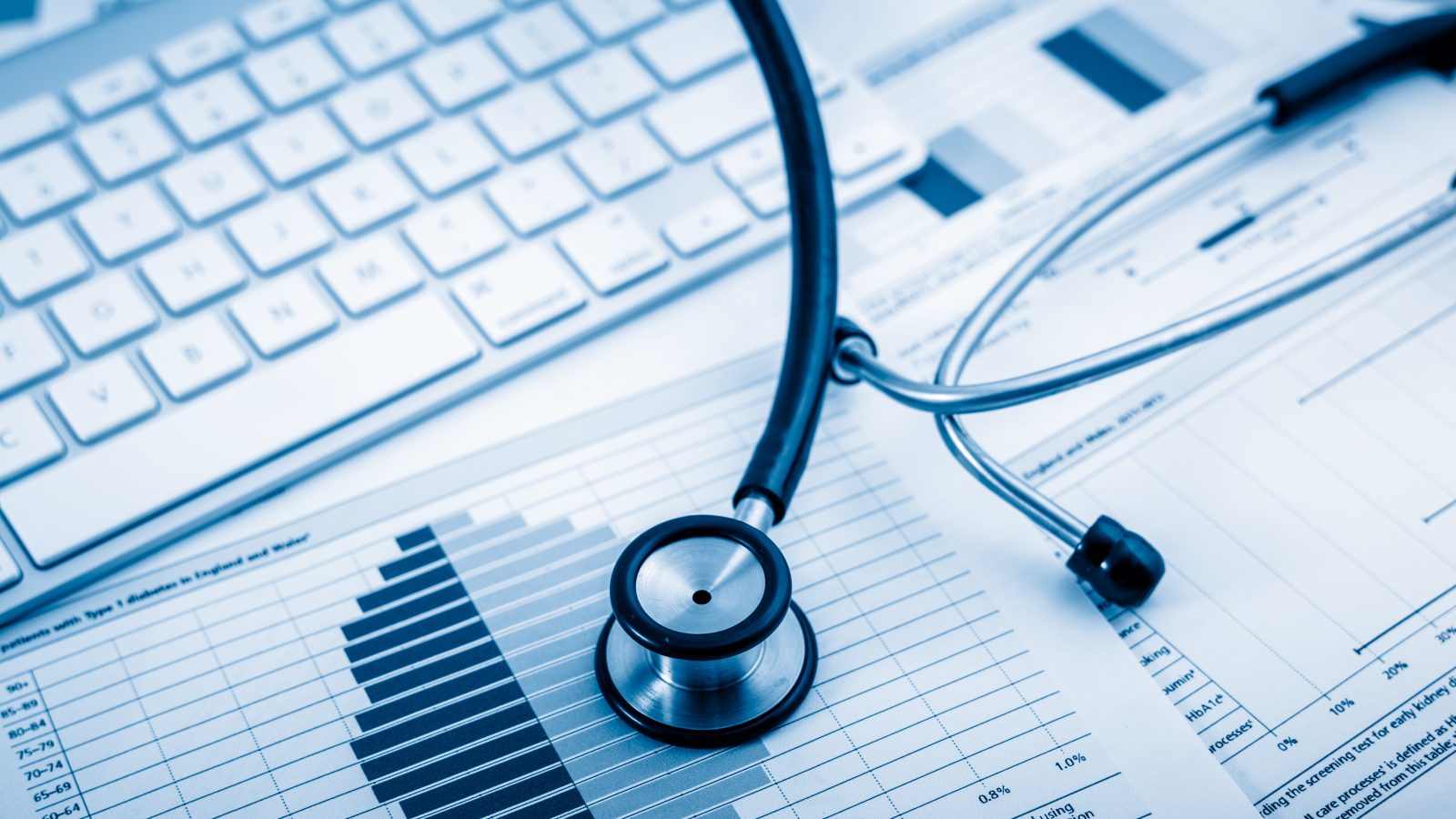Hormone testing is valuable for women to check for hormonal imbalances and fertility issues. But testing hormones on any random day of your menstrual cycle and interpreting the results without considering natural variations can lead to unnecessary worry. With hormone testing kits accessible for home use, it’s crucial to grasp the importance of timing for accurate results.
Below, experts in women’s health provide insight into the ideal time to test your hormones and how to understand the findings.
When’s the Right Time for Hormone Testing?
Unfortunately, there isn’t a single best time to test your hormones, as it varies based on factors like birth control, symptoms, cycle consistency, and more. However, since not everyone can access free hormone tests through their doctor and at-home tests can be costly, it’s wise to time your testing strategically.
Testing at different points in your cycle yields different results because hormone levels naturally peak at different times. This means that even a healthy person might show “imbalanced” hormones during specific cycle phases. Your medication also affects results, so consult your doctor if you’re taking any. This detail applies whether you’re using birth control pills or not.
In general, if you’re not on hormonal birth control, it’s best to avoid testing during the early follicular phase (beginning with your period’s first day and lasting around 16 days). “During the follicular phase, which comes after your period starts, estrogen and progesterone levels are quite low in a healthy woman with regular menstrual cycles,” explains Taz Bhatia, M.D., a board-certified integrative medicine doctor and author of the upcoming book The Hormone Shift. According to experts, timing matters when it comes to hormone testing. The right timing ensures accurate results, whether you’re on birth control or not.
For those not on birth control pills, avoid testing during the initial follicular phase (first day of your period to around day 16). Hormone levels during this phase might resemble those of menopausal women, even if your ovaries are still active. While testing during this phase is possible, remember the baseline levels and try testing at other times if you can. If you’re on oral birth control, consider testing between days 19 and 21 of your cycle, during the week of your placebo pills. Adjust these dates if specific symptoms suggest an imbalance in one hormone.
For instance, check progesterone levels around one week after ovulation for a precise reading. Estrogen levels, along with progesterone, can be evaluated during the luteal phase (usually days five to seven of your cycle). This helps identify issues like estrogen dominance, linked to symptoms like weight gain and irritability.
Non-sex hormones like cortisol and thyroid are best tested in the morning, regardless of your cycle phase.
Here’s a quick reference for testing different hormones:
- Progesterone: One week after ovulation
- Estrogen: During the luteal phase
- Thyroid, cortisol, and testosterone: In the morning, any time during the cycle
- Insulin: After fasting
Your doctor might suggest different testing times based on your symptoms or needs. They could recommend multiple tests across different cycle phases, comparing results to standard fluctuations.
Even if your doctor doesn’t offer tests, they can help determine the best testing window for your specific symptoms, concerns, or cycle irregularities.
Testing Hormones While on Birth Control
Testing hormones while on birth control can provide insights into how your body processes hormones, even though results might be influenced by the medication.
“The benefit of testing while on birth control lies in understanding your body’s hormone metabolism,” says Bhatia. Keep in mind, there might be imbalances in your results. “Combination birth control pills alter natural estrogen and progesterone levels, as they provide synthetic hormones,” explains Thomas.
Results will differ depending on your specific birth control pill. Consulting your doctor before testing will help you pinpoint the best testing window and anticipate imbalances caused by the pill.
Testing Hormones with Irregular Cycles
Having an irregular cycle is common with hormone imbalances, which can complicate hormone testing. However, don’t be disheartened by this challenge.
“If your cycle is irregular, it’s difficult to determine the best testing timing. Start by getting a test done and then collaborate with your doctor for further steps,” advises Thomas. Even with an irregular cycle, there are typical ranges for hormone levels. Taking that initial test will serve as a reference for future tests.
Physicians might recommend multiple tests for a comprehensive view of your hormones before confirming imbalances. Remember, even with an irregular cycle, your hormone levels will still fluctuate. Stay aware of potential highs and lows.
Why Not Jump to Conclusions with Hormone Testing
Hormone testing is intricate. Therefore, view your results as a starting point and always consult your doctor, whether you use an at-home test or a medical facility.
Jumping to conclusions might lead to unnecessary anxiety about imbalances that aren’t present or normal hormonal changes. When unsure, seek guidance from experts.
For more insight into at-home hormone testing, read my personal review of the Veracity Hormone Wellness Test.
In Conclusion
Hormone testing is valuable for evaluating balance, but it must be done right to avoid confusion. Testing at specific cycle points without understanding hormone shifts or seeking professional advice can lead to misinterpretation. If you’re considering at-home testing, explore these recommended testing kits by experts.
















Find Us on Socials